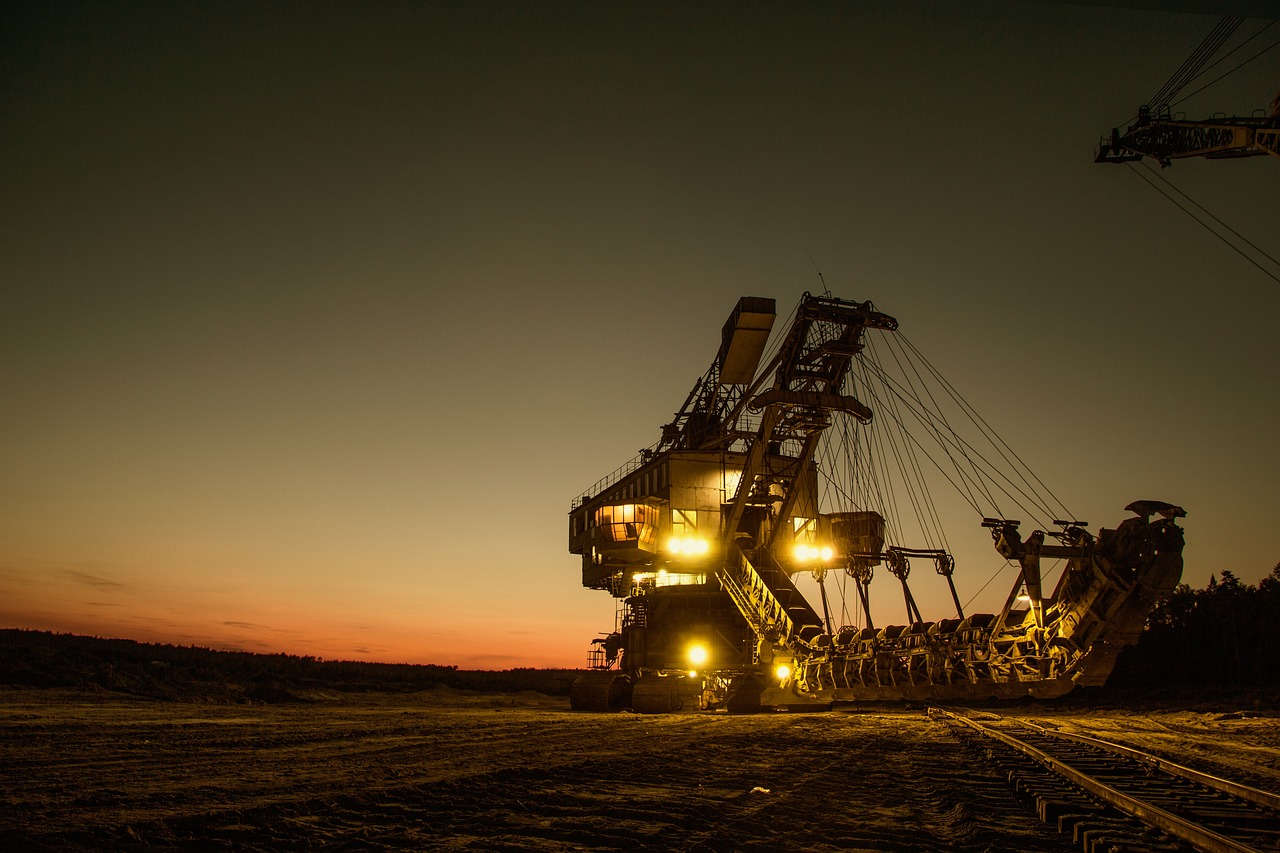Ferroalloys play a crucial role in modern industrial processes, finding applications across diverse sectors such as steel production, aerospace, electronics, and more. These alloying elements enhance the properties of the base metals, making them stronger, more corrosion-resistant, heat-resistant, and electrically conductive. Mastering the production of ferroalloys is both a science and an art, requiring a deep understanding of metallurgy, chemistry, and process optimization. In this article, we’ll delve into the world of ferroalloys production, uncovering insider tips and tricks that can help you excel in this field.
1. Understanding the Basics of Ferroalloys
Before diving into the intricate details of ferroalloys production, it’s crucial to grasp the fundamentals. Ferroalloys are alloys of iron with a high proportion of one or more other elements such as manganese, chromium, silicon, and others. These alloying elements are added in controlled amounts to impart specific properties to the base metal, such as hardness, strength, or resistance to corrosion.
2. Selecting Raw Materials Wisely
The quality of ferroalloys largely depends on the quality of raw materials used. Selecting the right ores and additives is paramount. Research the composition and characteristics of different ores to ensure that they meet the desired specifications for the final product. A comprehensive understanding of the mineralogy and impurities present in the ores will enable you to make informed choices that positively impact the end product’s quality and consistency.
3. Optimal Smelting Techniques
Smelting is the heart of ferroalloys production, and the choice of smelting technique can greatly influence the alloy’s final properties. Techniques such as blast furnace, submerged arc furnace, and electric arc furnace each have their advantages and limitations. Mastering the intricacies of these techniques, including temperature control, electrode placement, and slag formation, can significantly impact the quality of the produced ferroalloys.
4. Alloying Element Control
Precision in alloying element control is essential to achieve consistent and high-quality ferroalloys. Variations in alloy composition can lead to deviations in the final product’s properties. Implementing advanced analytical techniques, such as spectroscopy and X-ray fluorescence, allows for real-time monitoring of alloy composition, enabling you to make adjustments as needed and maintain tight control over the process.
5. Efficient Energy Management
Ferroalloys production is energy-intensive, and optimizing energy usage is a crucial factor in both economic and environmental sustainability. Employ strategies like heat recovery systems, energy-efficient furnaces, and process integration to reduce energy consumption. Not only does this lead to cost savings, but it also contributes to minimizing the carbon footprint of the production process.
6. Quality Assurance Protocols
Implementing a robust quality assurance protocol is non-negotiable in ferroalloys production. Establish strict testing procedures for physical, chemical, and mechanical properties to ensure that the end product meets industry standards. Regularly calibrate and maintain testing equipment, and invest in skilled personnel to conduct thorough quality checks.
7. Environmental Considerations
As industries globally move toward greener practices, the ferroalloys production sector is no exception. Implement waste recycling programs, adopt cleaner technologies, and adhere to emission control regulations. Incorporating sustainable practices not only aligns with environmental responsibilities but can also enhance the company’s reputation and attract environmentally conscious customers.
8. Conclusion
Mastering the art of ferroalloys production is a multidisciplinary endeavor that demands a deep understanding of metallurgy, chemistry, and process optimization. By understanding the basics, selecting quality raw materials, optimizing smelting techniques, controlling alloying elements, managing energy efficiently, maintaining quality standards, and embracing environmental considerations, you can position yourself at the forefront of this dynamic and essential industry. The journey toward excellence in ferroalloys production is an ongoing one, and by continually refining your practices, you can contribute to the advancement of both technology and sustainability.




